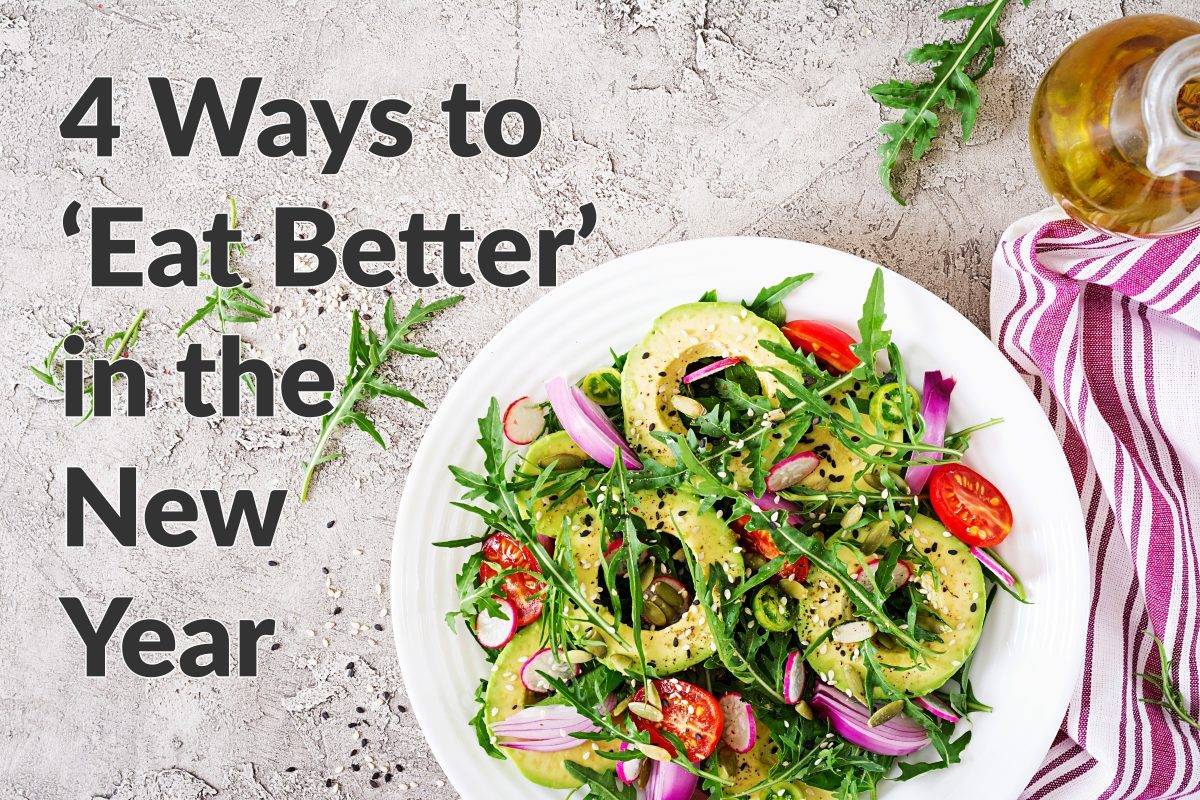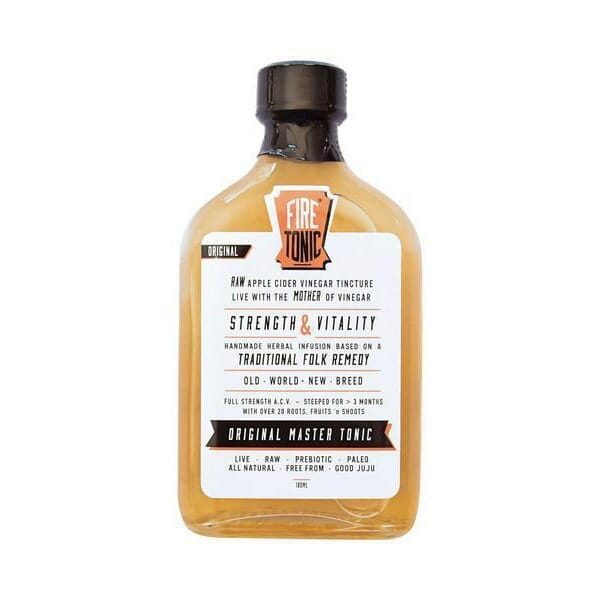What to Eat for Healthy Skin
4 Ways to ‘Eat Better’ in the New Year
Often our New Years goals will include what we eat and in some cases a new ‘diet’
We might be looking to lose some weight, clear our skin, have more energy or just feel less bleh…
We can have the best of intentions, but changing everything we eat all at once, can be unrealistic.
…and we’ll often ‘fall off the wagon’ just a few weeks later.
The typical ‘New Year New Me’ kinds programs and challenges can be helpful for our health in the short term (you know, the 5 day juice cleanses, 7 day detoxes and the 30 day paleo challenges)
…but generally these types of diets don’t work for us in the long term.
Dieting can be a form of deprivation and control, which creates physical stress on the body.
Focusing our attention on what we can’t have can lead to restrictive and obsessive thinking.
These ‘restrictive’ thoughts can be toxic to our mind, body and happiness.
Which can make our goals feel even further away than before.
We want to make sure we’re getting all of the nutrients our body and our skin needs to thrive…
But we also need to make sure we’re nourishing our body rather than depriving it.
So let’s focus more on what foods we can add, rather than what we ‘should’ take away…
#1. Add more 'food' - (the real kind)
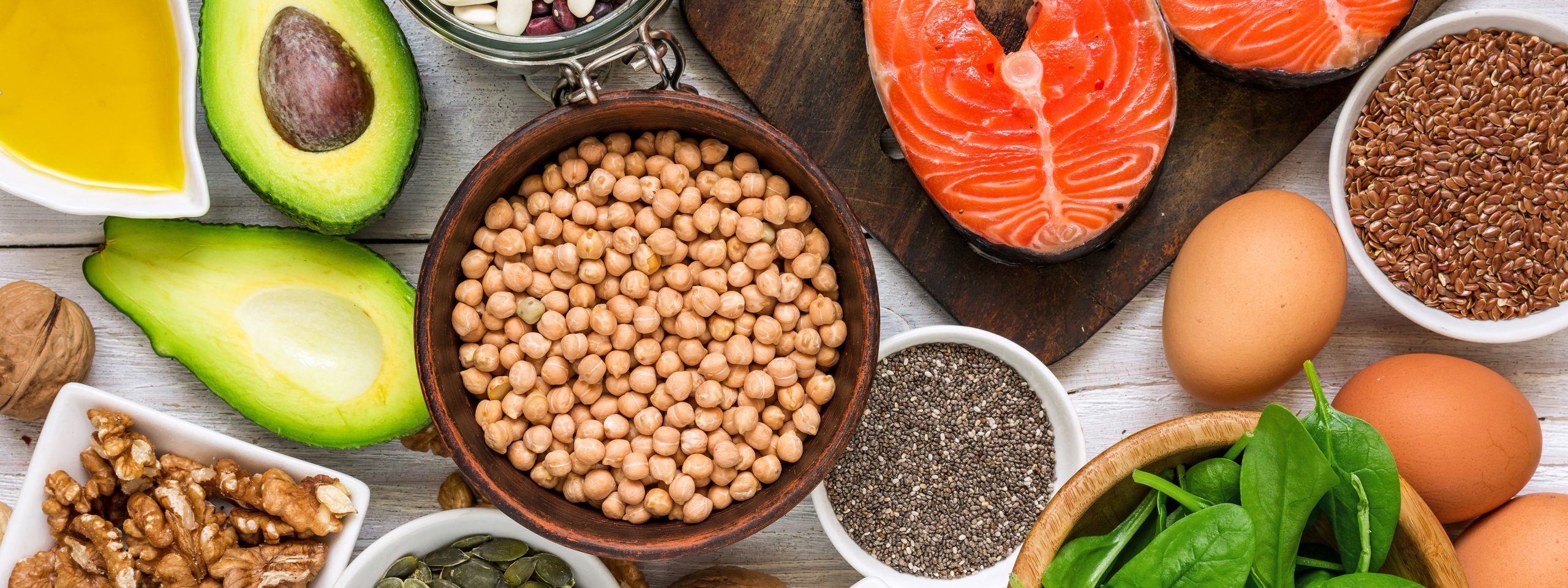
At the most basic level our body needs good sources of protein, fats and carbohydrates to function.
We need Protein for the growth and repair of every cell in our body.
Including our muscles, skin, hair and bones.
We need Fats for so many important things.
Including making our hormones, ‘plumping’ our skin, absorption of fat-soluble vitamins, transporting some of our vitamins around the body and keeping us fuller for longer.
We need Carbohydrates for energy!
Carbohydrates are our main fuel for our brain, heart, kidney and nervous system. Fiber is also an important carbohydrate for our digestive system.
When we fuel our body with everything it needs to function at its best – the proteins, fats and carbs – we’re less likely to feel depleted and get cravings (cravings are a sign that our body needs something extra)
The same goes for wonderful vitamins and minerals (which we’ll look at further down)…
This is a rough guide of portions needed daily
But I would also encourage you to listen to your body and talk to your health professional… as you may need more or less, depending on your body.
Protein – 4 palm sized servings daily
You can find protein in:
- Seafood
- Eggs
- Legumes
- Lean meat
- Tofu
- Beans
- High quality dairy
- Nuts and seeds
- Quinoa
I tend to suggest 1 palm sized serving of protein at breakfast, 1 at lunch, 1 at dinner and 1 for a snack.
Fats – 3 serves of good quality, natural fats every day
A serving size is no more than a thumb size or a small handful
You can find natural fats in:
- Nuts and seeds
- Flaxseed oil
- Coconut oil
- Butter
- Ghee
- Olive oil
- Avocado
- Oily fish
Quality carbohydrates – 3 – 4 handful size servings daily
You can find quality carbohydrates in:
- Vegetables – try for 1-2 servings from each colour each day
- Fruits with the skin on
- Legumes
- Buckwheat
- Quinoa
Try:
For Breakie
- Avocado with poached eggs and greens on toast
- Chia pudding topped with berries and pepitas
- Capsicum and spinach baked frittata
For Lunch:
- Pear, walnut, feta & chicken salad
- Zucchini frittata with garden side salad
For Snacks:
- Seed crackers with roasted beetroot dip
- Carrots with turmeric hummus
- Natural yogurt with walnuts and blueberries
For Dinner:
- Lentil Dhal
- Chimichurri steak with roasted sweet potato fries
- Slow cooker taco soup
Check out some of my recipes at the bottom of this post!
…and if you’re looking for some easy protein or green veggie additions to your meals, we like the Gelatin Australia products. Check out our collagen and greens powders…
#2. Add more colour
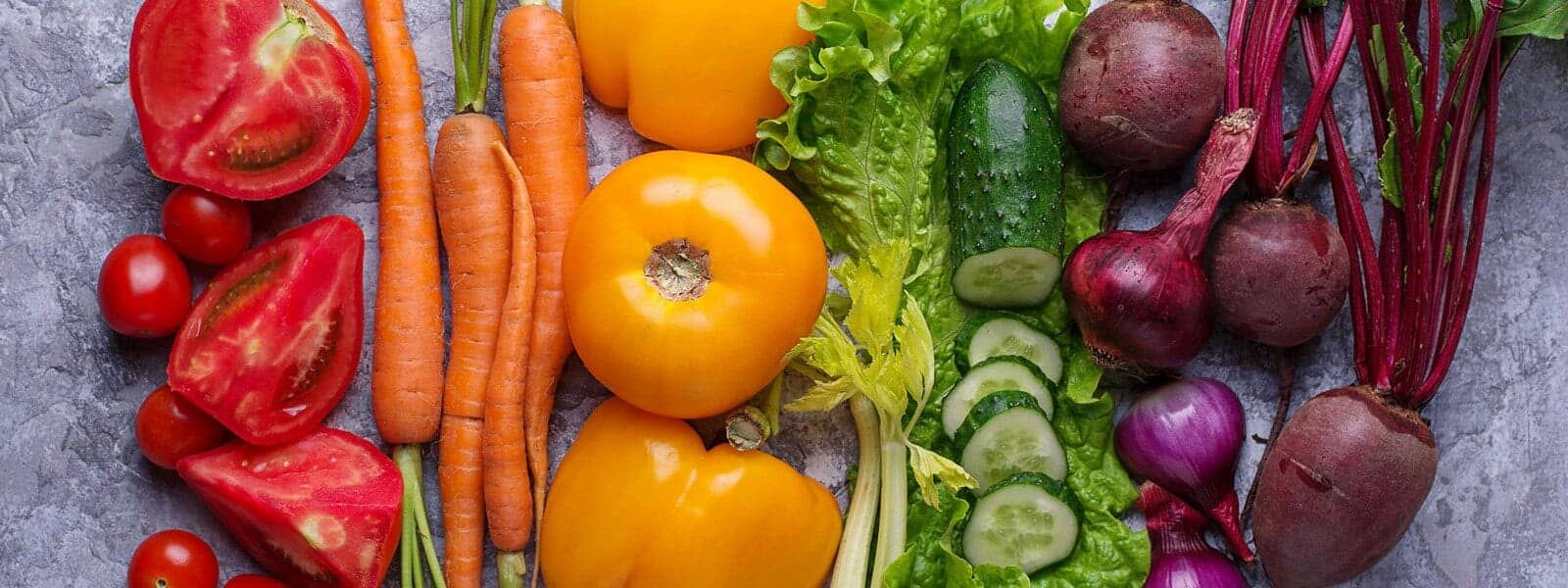
Don’t just chase the rainbow, eat it too.
Life is boring without colour, so don’t let your food be boring too.
Colour = nutrients when it comes to food.
We all know fruits and vegetables are full of vitamins and minerals.
But it’s the phytochemicals in fruits and veggies that give them their vibrant colours…
And each colour has its own amazing health benefits.
Here are some colour ideas to get you started…
- Red: Tomatoes, watermelon, strawberries, red capsicums, raspberries, cranberries, cherries, goji berries, apples
- Yellow: Bananas, lemons, corn, ginger, yellow capsicums, squash, pineapple, yellow tomatoes
- White / Brown: Cauliflower, potatoes, onion, garlic, parsnips, leeks, mushrooms, chickpeas
- Purple: Grapes, blackberries, beetroot, eggplant, figs, prunes, purple cabbage
- Green: Beans, zucchini, grapes, bok choy, snow-peas, celery, kiwi, cucumber, broccoli, brussels sprouts, kale, asparagus, avocado, green tea
- Orange: Carrots, mangos, apricots, pumpkin, sweet potatoes, turmeric, oranges, peaches, mandarin, cantaloupe, papaya
It’s about eating a wide variety of foods so your body gets all the different nutrients it needs
Try:
- Eating 1 – 2 servings of each colour fruit and veggie, every day
- Challenging yourself to make your plate as colourful as you can!
- Don’t be afraid to try something new. Each week pick something you haven’t tried before
- Try different colours of your favourite veggies like purple carrots, blue sweet potatoes, purple asparagus, yellow tomatoes, purple cauliflower…
- Make it simple for yourself – pre cut carrots, celery, capsicum and cucumber for your snacks
- Pre slice a box of cabbage, kale, capsicum that you can easily put in a pan with some eggs for your breakfast or lunch. The easier you make things for yourself, the more you will want to add more vegetables into your day
If you’re looking to give your greens intake a boost, we like Gelatin Australia and Matcha Maiden. Check out our greens powder and Matcha green tea…
#3. Add more Variety
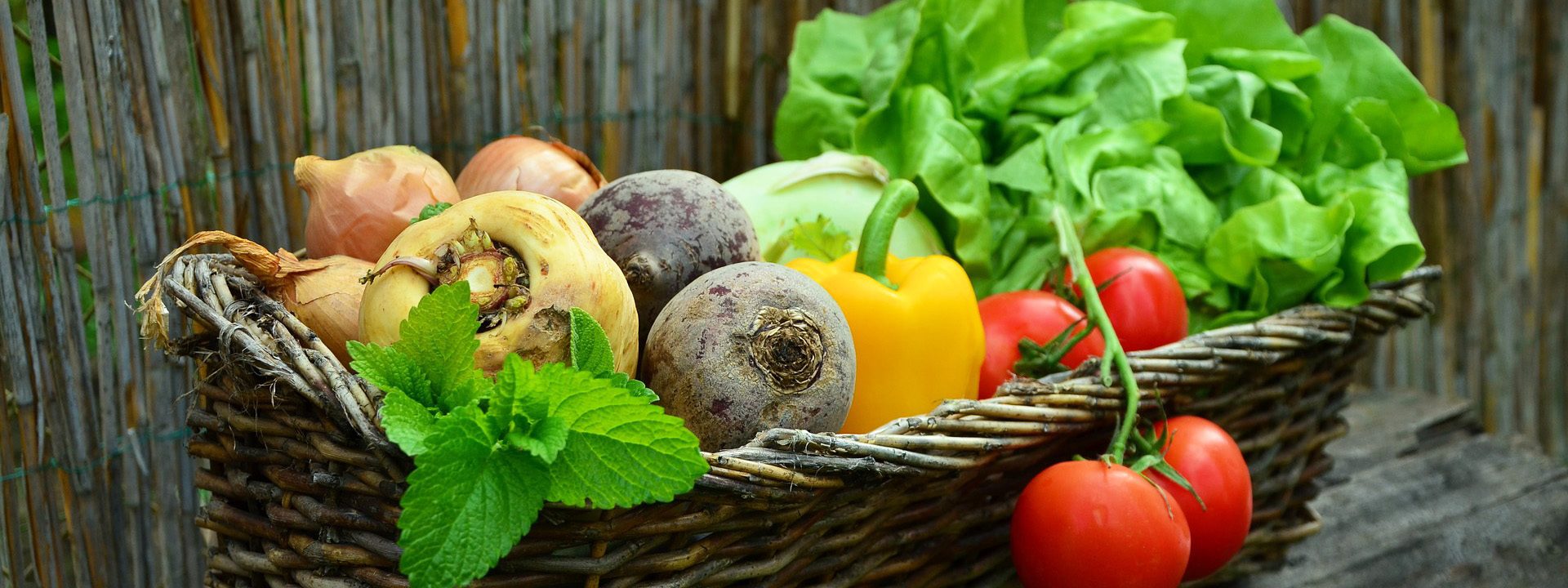
Just like adding more colour to each day, adding a greater variety of foods will help you get a wider range of nutrients.
If you only eat tomatoes, carrots, broccoli, peas, corn, potatoes, bananas and apples all year round…
Yes, you may be getting your daily colourful fruits and vegetables…
But you won’t have the nutrient variety you’ll get from trying different foods.
Our whole body loves variety… but your gut bacteria in particular thrives with it!
A recent study found that those who eat 30 different plant foods every day, have a greater diversity of gut bacteria (think nuts, seeds, fruit, vegetables, herbs…)
Eating seasonally is one of the best ways to add different foods and different nutrients into your meals.
(this is because you’re forced to try different foods, as not everything is available all year around)
Other benefits of eating seasonally include:
- Nutrient content: During storage some vitamins like vitamin C are reduced. Food that’s not ‘in season’ is stored for longer and has likely travelled further.
- Taste: Test this for yourself, fresh is best!
- Price: When a food is ‘in season’, there’s a lot more of it about. It doesn’t need to be stored for as long and it hasn’t come from the other side of the world. All of this makes food that’s ‘in season’ cheaper compared to when the same food is in the ‘off-season’
- Environment: When you eat ‘seasonally’ and shop local, less fuel and energy are needed for that particular food to reach your plate. This makes for less environmentally damaging emissions
Try:
- Exploring your local farmers markets on the weekend to see what you can buy direct from the farmers
- Asking your local fruit and vegetable store to see if they do seasonal fruit and vegetable boxes
- Seeing what you can grow yourself!
- Taking a look at the Seasonal Food Guide Australia to see what is available in your area! seasonalfoodguide.com
#4. Add more Herbs & Spices
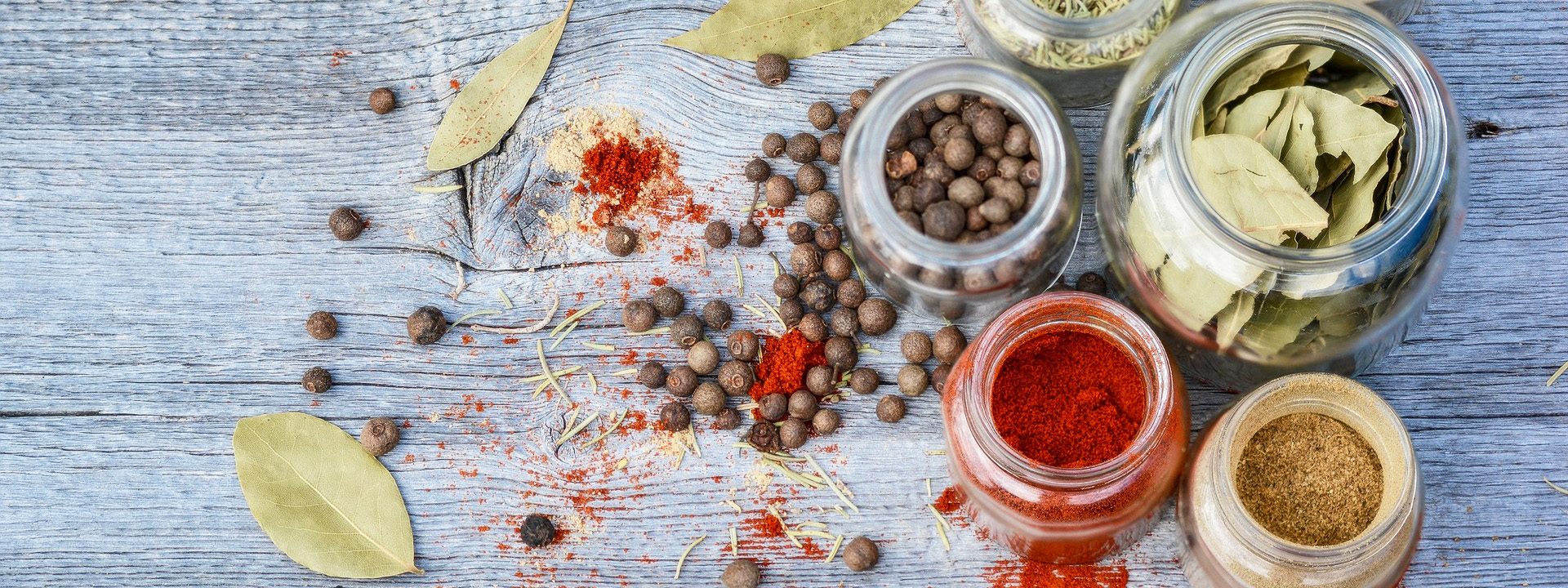
As a Naturopath, I’m a big believer in Food as Medicine.
So this means I’m not just looking for ‘tasty’ foods, I’m also looking at nutrients and what certain foods can do for my body.
Culinary herbs and spices don’t just create extra flavour for your meals… they also have some amazing properties and ‘therapeutic’ benefits
- Garlic: Wonderful antimicrobial activities, great for colds and infections
- Ginger: Aids in digestion by calming the digestive tract. Particularly good for those people who tend to get cold easy
- Thyme: Antimicrobial, useful for sore throats and colds
- Turmeric: High anti-inflammatory and antioxidant properties
- Rosemary: Antioxidant and anti-inflammatory properties. Beneficial in boosting brain power for memory and concentration
- Oregano: Antibacterial, antiviral and antifungal, helpful for colds or long term infections
- Cinnamon: Beneficial in inflammatory conditions and may be beneficial for regulating blood sugar
Try:
- Roasting your veggies with garlic and rosemary sprigs
- Grating some ginger and turmeric into your morning smoothie
- Stewing apples with cinnamon
- Garnishing your dishes with chopped parsley
- Making your own pesto
If you’re looking for some easy ways to increase your ‘spices’ in a meal or drink, we like Golden Grind and Hilbilby. Check out our Turmeric Latte and Fire Tonic…
What we eat and how we eat should be fun and as simple as possible, not an extra stress in our day.
When we can take the stress away from what we’re eating, we’ll find it easier to stick to our plans and hit the goals we’re shooting for.
Let’s fill our lives and our plates with colour and substance… and nourish our body and skin from the inside out!
Here are some recipes to start with for some inspiration…
Breakfast Recipes
Chia puddings
Ingredients
- 1⁄2 cup chia seeds
- 2 cups of coconut or almond milk
- 1⁄2 tsp vanilla
- 1⁄4 cup maple syrup/ brown rice syrup or any other sweetener if needed
- Plus optional extras to bring extra colour and nutrients to your morning:
3 frozen mango cheeks; or 2 cups of mixed berries; or 1⁄4 cocoa powder; or cinnamon, nutmeg and cloves, get creative!!
Method
1. Blend all ingredients that you choose, expect for the chia seeds
2. Once blended stir through the chia seeds
3. Place in the fridge to set (best to do it at night then you have it all prepared for your breakfast)
4. Once jelly like consistency add to bowl or jar and tip with fresh fruit, coconut yoghurt or nuts and seeds if you wish.
Overnight oats
Ingredients
- 1⁄2 cup of oats
- 1⁄2 cup of preferred milk (I like to use almond)
- 1 tsp cinnamon
- 1 tbsp chia seeds
- 1 tbsp linseeds
- 1⁄4 cup of dried fruit like goji berries, cranberries or chopped up sulphur free apricots
Method
1. Combine all ingredients into a bowl or container
2. Place in fridge overnight
3. If too dry in the morning add extra milk or yoghurt 4. Top with fresh fruit or nuts and seeds
Baked Frittata
Ingredients
- 6 eggs
- 2 spring onions (chopped)
- 1/2 cup zucchini
- 1/2 cup capsicum
- 2 cups baby spinach
- 1 tsp baking powder
- 1 tbs fresh oregano
Method
1. Preheat oven to 180 degrees
2. Beat the eggs in a large bowl
3. Stir in the baking powder. Combine remaining ingredients and pour into a greased baking dish
4. Bake for 30 – 35min or until cooked
Lunch or Dinner Recipes
Pear, walnut, feta and chicken salad
Ingredients
- 3 handfuls of salad greens eg. Rocket, lettuce, spinach, kale
- 2 sticks of celery sliced
- 1⁄2 small pear, cored and finely sliced
- 1⁄4 cup of walnuts
- 1 tbsp. olive oil
- 2 tbsp. of balsamic vinegar
- 50 g feta cheese, crumbled
- 2 palm sized chicken pieces, cooked, shredded Salt and pepper
Method
1. Place salad greens, celery, pear and walnuts into a serving bowl
2.Add olive oil and balsamic and toss together. Divide, add feta and chicken on top
Lentil Dhal
Ingredients
- 1 1/2 red lentils, rinsed
- 4 cups of vegetable stock
- 2 tsp fresh grated turmeric
- 1 tbsp coconut oil
- 2 tsp cumin powder
- 1 tsp cardamon powder
- 4 garlic cloves, crushed and chopped
- 2tbsp grated ginger
- 1 onion, finely chopped 3 tomatoes diced
- 1/2 lime juiced and zest
Method
1. Place lentils in a pan, add the stock and bring to the boil.
2. Once boiled, turn down to a gentle simmer, add turmeric and coconut oil. Cover snd let simmer, approx. 15 min, stirring occasionally and add more liquid if required.
3. In a fry pan, with oil, over a medium heat cook up garlic, onion, ginger, cumin, cardamon until onion is cooked. Add tomatoes and cook for another couple of minutes.
4. Remove from heat then stir into lentils once cooked.
5. Add lime and season to taste
Zucchini fritters
Ingredients
- 3 large zucchinis, graded and squeezed drained
- 2 eggs
- 1/2 cup almond meal
- 1/2 cup chopped leeks
- 100g feta crumbed (Alternatively coconut feta)
- Seasoning
Method
1. Place zucchini, almond meal, eggs, leeks and feta in a bowl, mix to combine.
2. Heat some oil in a fry pan on medium heat. Place spoonful of mixture into a pan and cook for a few minutes on each side, until golden and cooked through.
3. Serve with a side salad
Snack Recipes
Chickpea free hummus
Ingredients
- 2 zucchini chopped
- 3⁄4 cup hulled tahini
- 1⁄4 olive oil
- 1 Lemon, juiced
- 2 cloves of garlic crushed 1 tsp cumin
- 1 tsp salt
- 1 tsp paprika
Method
Place all ingredients in a blender or food processor
Turmeric hummus
Ingredients
- 1 can organic chickpeas drained
- 3 tbsp hulled tahini
- 1 lemon, juiced
- 2 garlic cloves, crushed1 tsp ginger, grated
- 1 tsp turmeric, grated
- 2 tbsp olive oil
- Salt to taste
Method
1. Add all ingredients to a food processor and blend until smooth
2. If wanting a runnier texture, add and extra 1 tbsp of oil or 2 tbsp of water
3. Serve and enjoy
Many seed crackers
Ingredients
- 1/2 cup chia seeds
- 1/2 cup linseeds
- 1/2 cup sunflower seeds
- 1/2 cup pepitas (pumpkin seeds)
- 1/4 cup sesame seeds
- 2 tsp dried oregano
- 1 tsp salt
- 1 cup water
Method
1. Preheat oven to 170 degrees
2. Place seeds, salt and spices in a food processor.
3. Pulse quickly to break up seeds
4. Add water in and stir
5. Line a baking tray with baking paper, pour mixture on top
6. Place another piece of baking paper on top. Press mixture with hands out evenly until desired thickness
7. Place in the oven and cook for 30min
8. Remove from oven and cut into desired size. Cool and enjoy
Homemade chocolate
Ingredients
- 1 cup of cocoa butter, coconut oil can be used but won’t set as hard
- 1 cup of cocoa powder
- 1⁄2 cup raw honey or other sweetener
- optional: 1⁄2 rapadura sugar (gives sweeter taste)
- Fillings for the chocolate: eg, coconut, cranberries, dried figs, goji berries, almonds, or anything you wish
Method
1. Melt cocoa in a glass bowl on top of a small pan, with an inch of water, over medium heat
2. Remove from heat. Add cocoa powder, honey/ sweetener, and fillings. Mix well, making sure no water gets in the mixture.
3.Pour chocolate into moulds or on a lined tray.
Let harden at room temp for a few hours and remove from moulds or cut. Then place in the fridge until ready to enjoy
Wishing you silky smooth skin!

